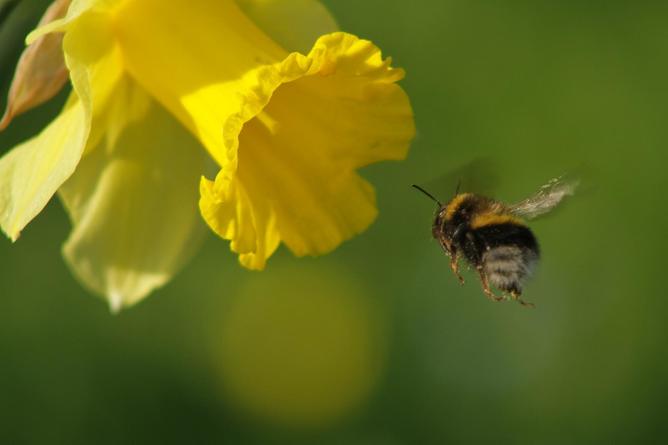A recent study sequenced the genetic material present on the pollen grains of 24 plant species across the U.S., the group found signs of many of the plant viruses already shown to travel on pollen—along with six new species, three new variants of known species and the incomplete traces of more than 200 more that have never before been identified.
For viruses, the tiny, spiky vehicles for plant genetic material we know as pollen represents a convenient way to travel from host to host. It’s also a direct path to a plant’s reproductive organs, the one part of a plant where cells aren’t covered by a hard outer surface. In that way, it’s similar to how viruses invade our own bodies through our less-protected noses and mouths.
“Pollinators are essentially the go-betweens for plant sex—since plants can’t get up and move to another plant, they rely on an intermediate,” says University of Pittsburgh biology professor Tia-Lynn Ashman. “So you can relate this to a sexually transmitted disease.”

The researchers found that pollen produced by plants with more flowers that help them attract pollinators also harbored more kinds of viruses. The team also saw a wider variety of pollen-borne viruses in areas close to human habitation and agriculture. Ashman suspects one reason for this pattern may be honeybees: Since they visit a wide variety of flowers over a big area, they meet all the criteria to spread viruses. Native pollinators are far more specialized.
It’s a lesson not just for how we perform agriculture, but also for amateur beekeepers and the risks they may pose by trying to help.
“Honeybees have superspreader potential,” Ashman said. “People think that doing beekeeping at home is helping pollinators. But when we do an activity like bringing honeybees into the city, we’re bringing everything that comes with them.”
Including, perhaps, all the viruses they pick up in their travels.As for what those viruses are doing —whether they’re harming pollinators and plants or paradoxically helping them —it’ll be up to future studies to determine.





Comments